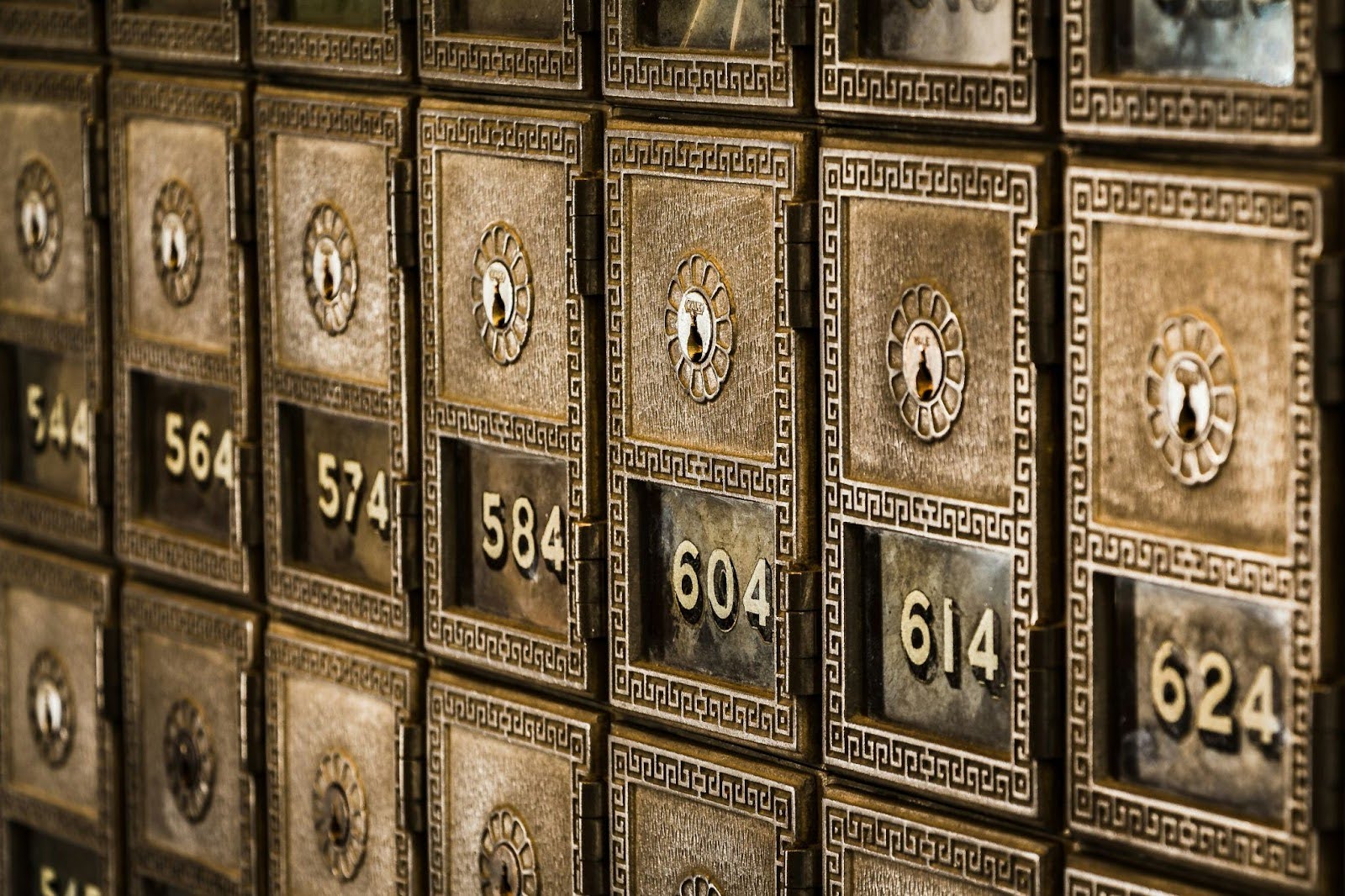In July 2025, LetsBonk.fun stunned the market by overtaking Pump.fun in monthly revenue, bringing in 37.4 million dollars compared to Pump.fun’s 15.4 million. The upset signaled a new stage of competition within Solana’s decentralized crowdfunding ecosystem, where rapid growth and constant innovation are pushing every platform to adapt.
Other major developments from July 2025 included:
- Pump.fun raised more than 500 million dollars in just twelve minutes.
- Orca’s Wavebreak deployed CAPTCHA-based protections to reduce automated bot activity.
- Raydium upgraded its liquidity services to enhance post-launch trading depth.
Together, these achievements highlight why Solana-based crypto crowdfunding is becoming the model for speed, scale, and performance in 2026.
From Lighthearted Launches to High-Stakes Fundraising
Solana’s early launchpads gained attention for quick-turnaround meme tokens, but the network has since evolved into a serious fundraising hub. Its core strengths — transaction speed, low fees, and viral sharing potential — allow projects to reach large audiences while keeping costs minimal.
Ethereum launches can require weeks of preparation and rack up tens of thousands of dollars in fees. On Solana, a project can go live in minutes, spend far less, and still raise institutional-scale sums.
Pump.fun is a prime example of this transformation, with its simple interface, integrated liquidity curves, and rapid social spread driving a half-billion-dollar raise in under a quarter-hour.
LetsBonk.fun has proven that a creator-focused, influencer-driven model can rival — and even surpass — Pump.fun’s earnings.
Orca and Raydium, meanwhile, are building out the infrastructure that underpins these launches, from bot defenses to more robust liquidity pathways.
Institutional Crowdfunding Deepens Solana’s Reach
While open-access platforms dominate headlines, institutional-grade crowdfunding is also taking hold. CoinList and Republic are two of the most recognized players, with a combined record of more than one billion dollars raised for over thirty projects since 2017.
CoinList’s history with Solana runs deep. One of its earliest campaigns in 2017 was the initial crowdfunding for Solana’s native token SOL, which launched in 2022. The platform also managed a 14 million dollar raise for TrueFi, backed by Solana’s former VC affiliate Alameda Research, and most recently oversaw a ten million dollar raise for WalletConnect in partnership with BitGet’s LaunchX and Cobie’s Echo.
Republic has also powered major Solana launches, including India’s largest social media network, Chingari (GARI), in 2022. Both platforms contribute more than capital — they bring brand visibility, user acquisition, and quicker time-to-market.
SeedList is a rising institutional-grade launchpad that blends Solana’s efficiency with structured, global, non-U.S. operations. Using an AI-based merit allocation model, SeedList attracts reputable founders, strategic partners, and engaged contributors.
SeedList’s focus includes:
- Selecting projects that aim for Tier 1 centralized exchange listings.
- Providing significant allocations to KOLs, developers, and active community members.
- Onboarding vetted partners, including exchanges, legal advisors, branding agencies, and market makers.
- Maintaining compliance worldwide without fiat custody, trading, or internal KYC.
By merging decentralized speed with institutional discipline, SeedList reinforces Solana’s standing as a professional fundraising ecosystem.
CryptoSheldon, a respected Solana developer and advisor, commented:
“Solana is perfectly suited for large-scale crowdfunding in crypto. Besides being fast and cheap, Solana is basically the Goldman Sachs of crypto. Its brand and community are aligned with success on a global level—from the U.S. to Dubai and Singapore. And its community is also cult-like and looks out for its own, something unheard of among the other blockchains. Projects building on Solana tend to get funded faster, have more community support, and also perform better. Now that Solana is also integrated into MetaMask, TrustWallet, and even PayPal in the U.S., it’s become the easiest and most efficient way to deploy investment capital.”
SeedList Co-founder CryptoSheldon added:
“Another big plus for decentralized fundraising on Solana is that there are multiple high-quality DEXs such as Raydium and Orca, each of which has considerable liquidity and volumes far greater than Ethereum Level 2s. So decentralized fundraising is easier on Solana from the seed round all the way to trading. Our data shows that Solana will overtake Ethereum as the network of choice when it comes to decentralized fundraising.”
SeedList’s leadership includes Co-founder Brijesh Patel, formerly with Pronomos Capital — a VC backed by Marc Andreessen (a16z), Balaji Srinivasan, the Winklevoss twins, and Naval Ravikant — and Co-founder Rosa Pagani, CEO of WhiteBIT Australia, part of WhiteBIT Global, one of Europe’s largest crypto exchanges with approximately eight million users.
Why 2026 Will Test the Limits of Solana Launchpads
Driving factors include:
- Increasing adoption of Solana-native tools by both institutional and retail participants.
- Rapid deployment of innovative funding models such as AI allocation and hybrid vetting.
- Expanding network effects as creators and contributors participate across multiple platforms.
With Bonk disrupting the revenue rankings, Pump.fun delivering record-breaking raises, Orca and Raydium fortifying infrastructure, and CoinList, Republic, and SeedList adding institutional credibility, Solana is on track for its most competitive year yet in crypto crowdfunding.


